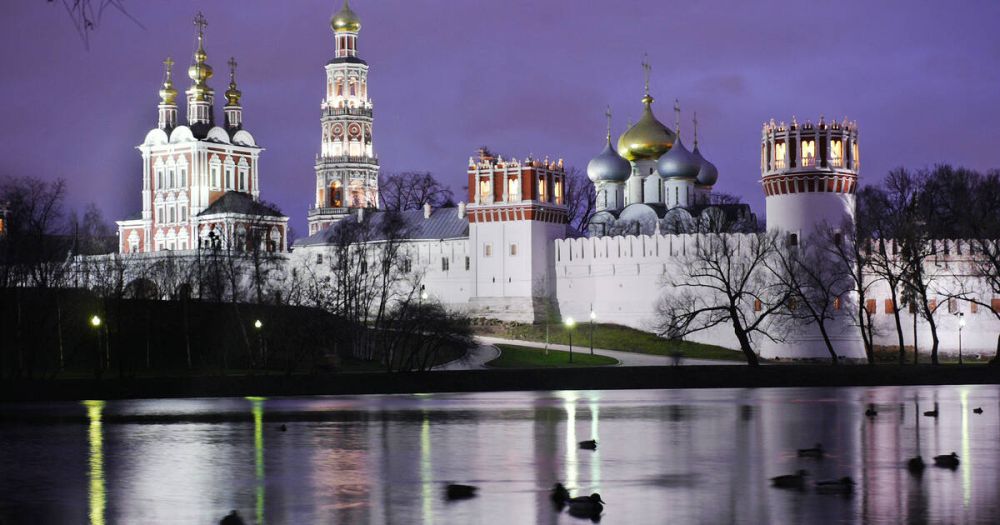

Located in the heart of Moscow, the Novodevichy Convent stands as a testament to Russia's intricate past, religious significance, and architectural splendor. Officially known as the Novodevichy Convent of the Smolensk Icon of the Mother of God, it has been a pivotal part of Russia's heritage for centuries.
Founded in 1524 by Grand Prince Vasili III, the Novodevichy Convent was erected to commemorate the capture of Smolensk from Lithuania. This signaled the expansion of Russian territories to the west. Over the centuries, it served not only as a religious sanctuary but also played a role in Russia's political and cultural life. The Convent became the abode for women of noble birth, including those from the royal family, who had taken their vows or were forced to take refuge within its walls.
While the Novodevichy Convent has always been a significant site for pilgrims and those interested in Russian Orthodoxy, its appeal to broader tourism began especially during the 19th and 20th centuries. As travel became more accessible, the Convent emerged as a must-visit destination for those looking to delve into Moscow's historical and cultural panorama.
The UNESCO World Heritage designation of the Novodevichy Convent in 2004 marked a new era in its tourism history, officially recognizing its outstanding universal value. This status has only amplified interest in the site, with numerous visitors from around the world coming to marvel at its fortified walls, elegant towers, and stunning church interiors.
In recent times, tourism trends relating to the Novodevichy Convent have seen a shift towards more informed and immersive experiences. Visitors are seeking authentic interactions that offer insight into the historical narratives, religious practices, and architectural advancements of the time. The availability of guided tours in multiple languages is a response to this, providing in-depth explorations of the Convent's past and its artworks.
Additionally, the adjacent Novodevichy Cemetery has become an attraction in its own right. As the final resting place for many of Russia's most notable figures, including writers, poets, politicians, and scientists, it provides a unique perspective on Russia's historical progress and cultural legacy.
With the growing trend of digital engagement in tourism, potential visitors can now explore the Novodevichy Convent online through virtual tours, which has further increased its global reach, particularly during times when travel has been affected by global events.
The Novodevichy Convent remains an enduring icon in Moscow’s tourism landscape. It encapsulates an extensive history that continues to draw visitors keen on understanding Russia's rich past and the Convent's role in it. As travel trends evolve, so does the way people engage with heritage sites like Novodevichy, ensuring that its history is preserved and appreciated for generations to come.